85% of brands believe that they’re offering a personalized customer experience. Yet, there is a gap between believing it and actually offering it. The key to success lies in the balance: not pushing too hard but offering a personalized experience at the same time. Anything is possible, though – here are six steps to get you started personalizing and transforming the customer experience on the right foot.
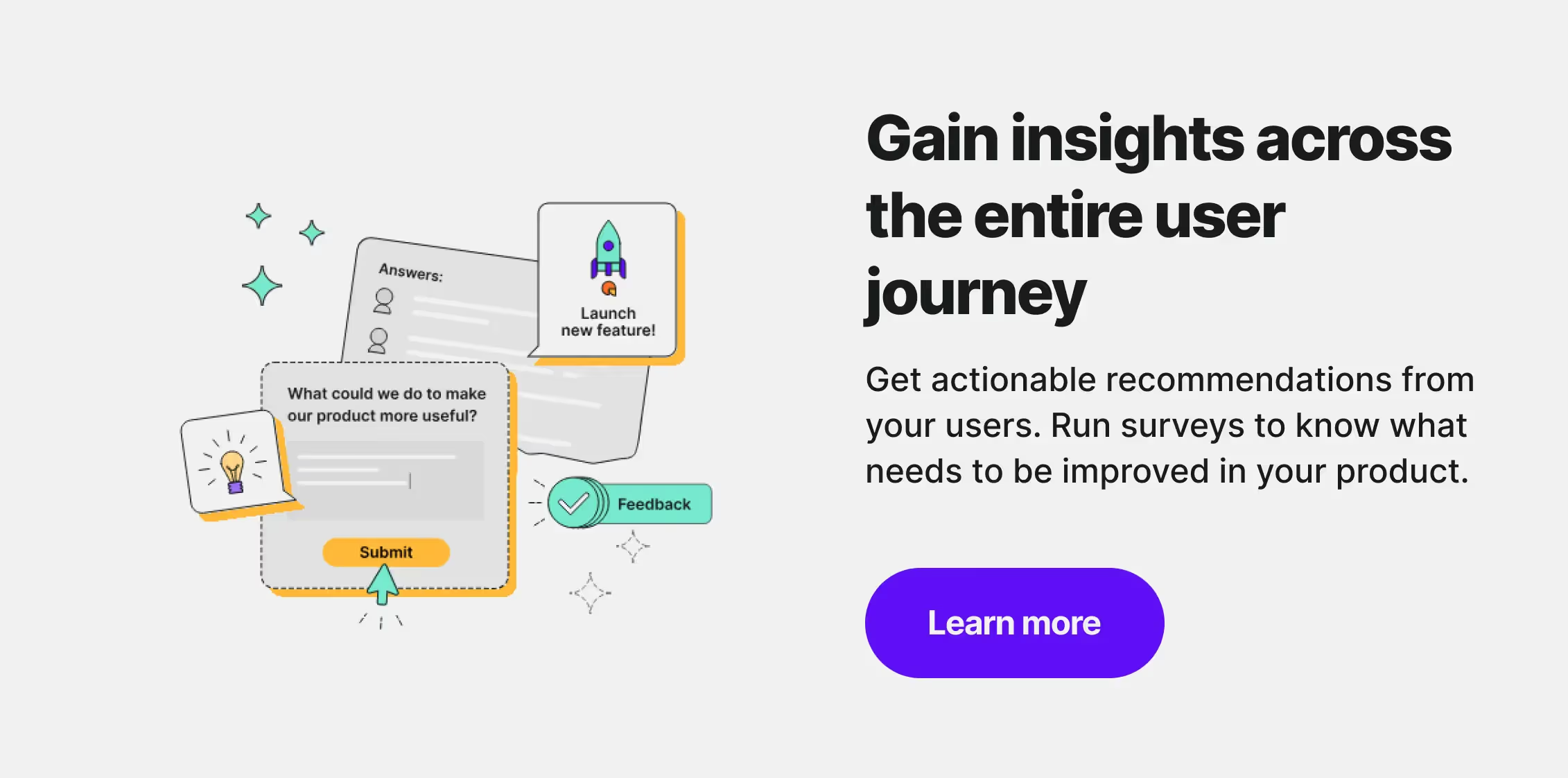
What is a personalized customer experience?
Let's start with what a personalized customer experience isn't. This is not a message that contains too much personal information that your customers consider “creepy” because your brand comes across as a stalker. And no one likes feeling spied on. A personalized customer experience is about taking the time to understand what your customer wants and needs and then delivering it to them in a natural, helpful, and unforced way.
Customer experience personalization includes:
- offering products or services that are tailored to the customer's individual needs
- addressing the customer by name
- using data to anticipate the customer's needs
- making it easy for the customer to find what they're looking for
- responding quickly and efficiently to customer inquiries
- optimizing customer experience touchpoints based on feedback
It's the difference between saying:
Hey, I saw you were looking at shoes on our website. Complete your purchase.
and
I noticed you were looking at shoes on our website. If you're interested in finding a similar style in a different color, I can help you with that.
The first is irritating, the second is helpful. And that's what we're going for.
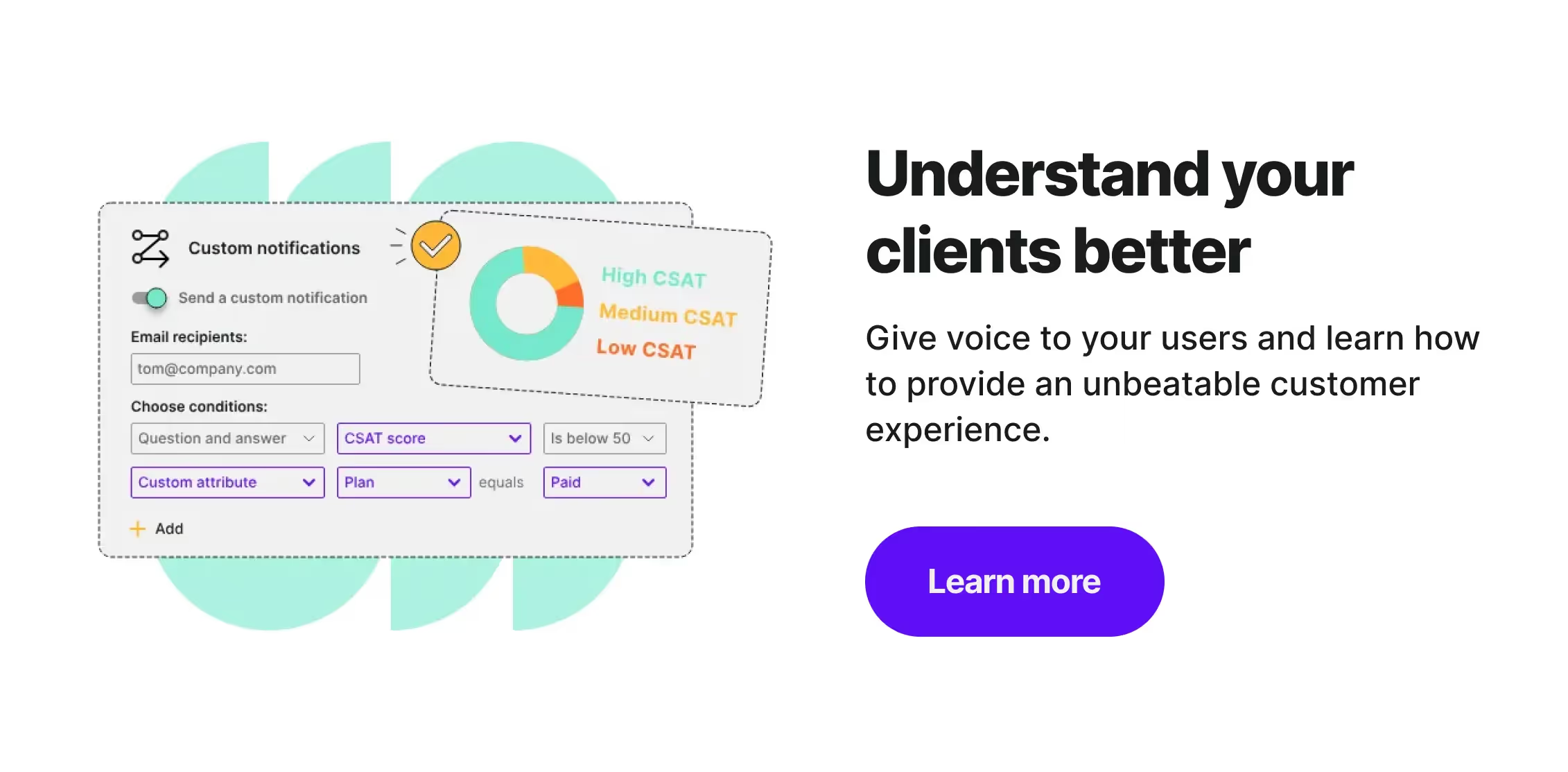
6 steps to personalize customer experience
While customers are extremely concerned about the security of their personal data these days, they still expect a personalized experience. Is there a way to do that in 2022, when the third-party cookie ban is going into effect? Success comes in six steps.
1. (Micro)segment your audiences
It's no secret that people like to feel special. All of us want to be recognized as individuals, and we appreciate it when businesses get to know us. And that’s the point. It’s no longer enough to put your customers in what are called target audiences. Segmentation is too general and static. Further, targeting customers has become so widely used that it is considered mostly spam.
Microsegmentation is what matters most today for personalized customer experiences. What is that? Here's an example. Let’s put all your customers into a stadium. To better target your marketing efforts, you would look at them from above and group them accordingly. This is what's called segmentation.
Now let's say you could go into the stadium and talk to each person, one by one. You would learn about their needs, wants, and preferences. You would also get an idea of how they think, what motivates them, and what their buying habits are. You would be able to segment them into much smaller groups based on all of these factors. This is micro-segmentation.
However, both micro- and regular segmentation need to be followed by specific personalization actions. The more information you have to segment your customers, the more accurate it will be. For example, you can integrate a survey system (Survicate) with marketing automation tools (such as Mailchimp). Once you break down your mailing list based on the segment survey results, you can automate sending different emails via Mailchimp to each of your customers, offering them a truly personalized experience.
Tip: You can also use existing Intercom segments to accomplish this.
2. Map out your customer journey
When do your customers actually need a customized customer experience, and when do they not at all? Map out the journey of your customers throughout the customer experience lifecycle. A customer journey map is a visualization of the steps your customers take to accomplish a goal, as well as the emotions they feel along the way. By understanding key customer touchpoints, you can craft personalized customer experiences even in B2B. At each stage of the process, you can put yourself in your customers' shoes and find out what problems they are facing.
Even though this process seems daunting, it doesn't have to be. You can start small by mapping out one specific goal, such as making a purchase. The important thing is to get started and to keep updating your customer journey map as you learn more about your customers.
3. Regularly collect and act on customer feedback
Personalization isn't a guessing game. It needs to be based on relevant information and feedback. The question is, how do you gather it in 2022 when collecting customer data has become a never-ending game of jumping through hoops and avoiding potential legal issues? Build a community around your brand by using multiple channels to generate natural feedback from customers.
The more people identify with the brand, the more they want to help it and leave some words. So ask your customers directly. Use post-purchase surveys so that they will feel heard and appreciated. Track their behavior on your site or app. Look at what pages they visit, what products they buy, and what features they use (or don't use).
Personalization requires a never-ending cycle of customer feedback to be relevant and top-of-mind. It's called a feedback loop – it is the process of constantly collecting customer data, analyzing it, and then using it to improve your product or service. And last but not least: Answer all feedback, whether it is positive or negative, and reward your customers' efforts. Has your customer filled out a survey? Consider offering a discount on their next purchase.
4. Use an omnichannel approach and leverage AI where possible
The best companies understand that the customer experience needs to be seamlessly integrated in an omnichannel customer experience. It means that a customer can move fluidly between channels without losing any of the benefits and facing any friction. It's not enough to just have a website and a brick-and-mortar store. To really stand out, businesses need to provide a consistent customer experience across all channels that customers use. To do that, leverage AI.
With artificial intelligence, businesses can personalize the customer experience in a way that wasn't possible before. By understanding customer preferences and behavior, you can provide each customer with the exact experience that they're looking for. For example, you can automate simple customer support requests or send targeted marketing messages.
It is, however, necessary to train your employees on new technology such as virtual shopping, chat, and other tools that your company is going to employ. Making use of these solutions' potential can really help you personalize the CX and add a lot of value.
5. Collect as much data as you can without being intrusive (and breaking the law)
When it comes to data collection, usually the more, the merrier. After all, the more data you have, the more insights you'll be able to extract from it (unless you get stuck in thousands of files and Excel sheets). However, data privacy is a deciding factor in customer loyalty. You will lose your customers if you want to know too much.
People don't share information that can help you personalize their experience just like that. So how to gather customer data without being overly pushy or scaring them away?
You have to apply some tricks.
- Ask for their opinions and experience in a natural way. After making a purchase, contacting customer support, or any other direct interaction that they had with your company. Use surveys (Survicate has many templates to offer).
- Keep your questions short and sweet. You want to make it as easy as possible for customers to answer otherwise, they'll just give up and you won't get the information you need.
- Be transparent about how you use customer data. It will help build trust with your users and show that you're not just trying to take their information without giving anything in return.
- Use contextual customer feedback. Run in-product surveys via Survicate and send the results as user events to Mixpanel. Thanks to that, you get additional quantitative and qualitative data to use.
- Listen to what your customers are saying on social media. It's a great way to get customer feedback about your product or service, as well as learn about any problems they might be having. This is where social media listening tools come in handy.
To sum up – data collection is key to a great personalized customer experience, but be careful not to overstep your customers’ (and legal) boundaries.
6. Personalize your customer support
Providing top-notch personal customer service is essential to keeping your business afloat. However, simply meeting your customers' needs is not enough – you need to go above and beyond to exceed customer key expectations. When customers feel like they are being treated as individuals rather than numbers, they are more likely to be loyal to your brand.
Thus, personalize their support experience. In 2022, personalized customer service happens with software solutions. Companies use such tools as chatbots and digital customer assistants to make their engagement with customers more efficient (and customized!).
Based mostly on AI, these solutions make it possible to connect with customers on a deeper level. They can provide recommendations based on past behavior and preferences. In other words, they make it possible to know your customers and give them what they want.
Examples of personalized customer experience
There is no better way to learn than through examples. Let's take a look at real-life cases of companies that master the art of personalized customer experience, and inspire yourself!
Persona Nutrition Personalized Vitamin Pack
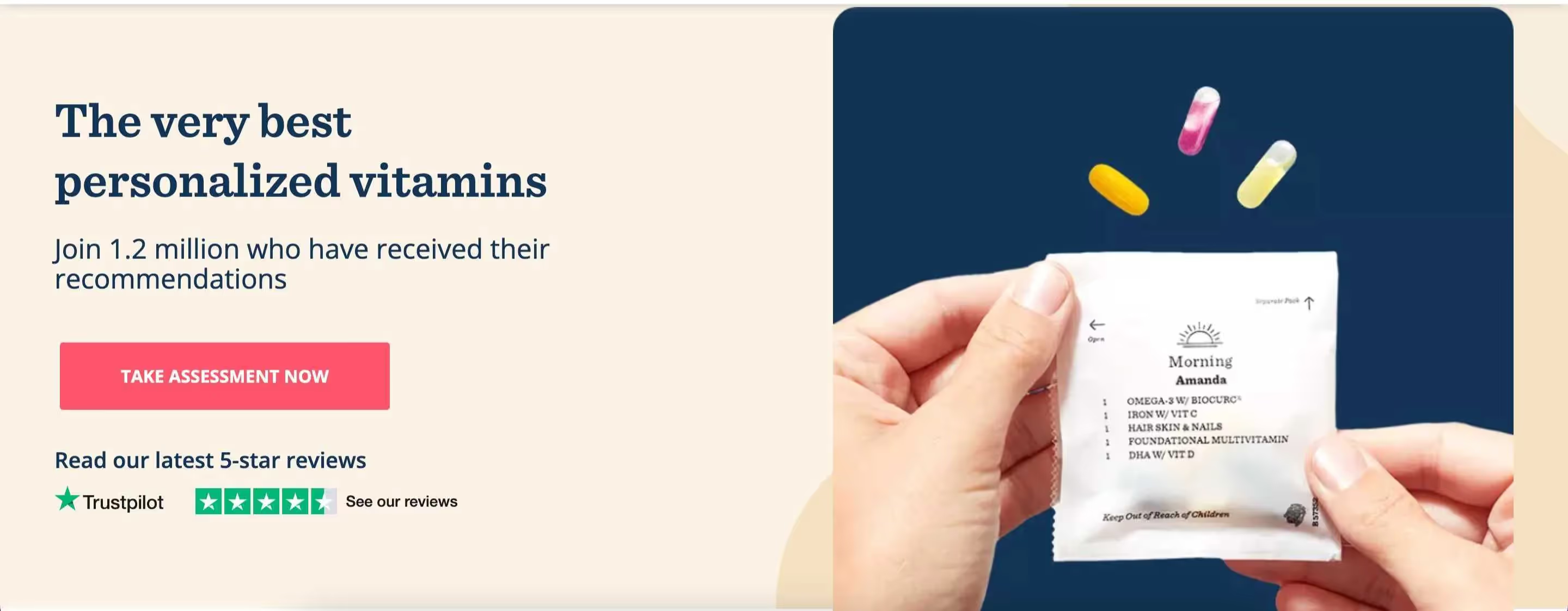
Isn't it better to take vitamins suited to your specific needs based on the assessment rather than taking a one-pill-for-all? Persona Nutrition is an example of a company that has figured out how to offer a unique customer experience and stand out among millions of products on the market - personalized nutrients delivered to your door.
Take their assessment, answer some basic questions about health and lifestyle, and get your own set of pills. Do basic blood tests and consult your physician before the purchase anyway.
Netflix “Top Picks for You”
Whenever you access Netflix, its recommendations system uses its knowledge of your preferences to assist you in finding something to watch. By making it easy to choose, it tries to keep you on the platform – so you don't give up when you don't find anything you like.

Your interactions with the service (e.g. viewing history), other members with similar tastes, or the time and date you usually watch Netflix – all of this data feeds the Netflix algorithm, making it better. Each Netflix account looks different, giving subscribers a unique experience and encouraging them to keep using its paid streaming service. This is an excellent example of how content personalization keeps customers satisfied.
Apple Self-service experience
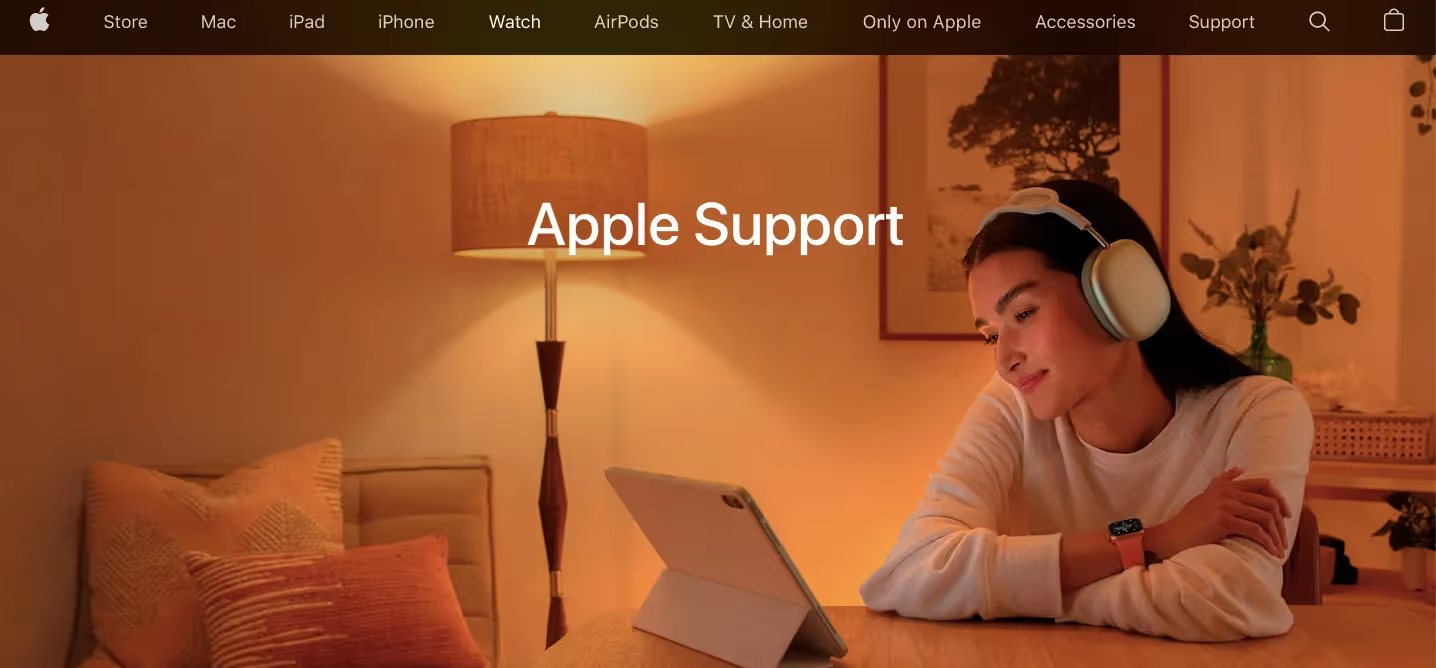
The concept of self-service may seem opposed to providing a thoughtful personalized customer experience. But in fact, self-service can be a useful channel to engage with your brand. And if done right, it can give the customer a sense of personal touch. As an example, Apple offers its users an impression of a customized customer service experience.
Its self-help portal is designed in a way that should help the visitor get to the point of their problem quickly enough – you choose which device you need help with and then select the kind of issue you’re having. You can reach out to the team for any additional assistance at any time. They use this channel to enrich their omnichannel personalized digital experience and add value to the overall personalization strategy without putting in almost any effort.
Pull&Bear navigation
What if you don't need much data to personalize your users' experience? As an example, Pull&Bear tailors the navigation design to the needs of the users without collecting too much personal information. How? New visitors are asked whether they want to browse women's or men's clothes, and the site continues to tailor the experience.

So you don’t have to wait to give your customers a personalized experience from the very beginning.
Spotify “Discover Weekly” and “Daily Mix” playlists
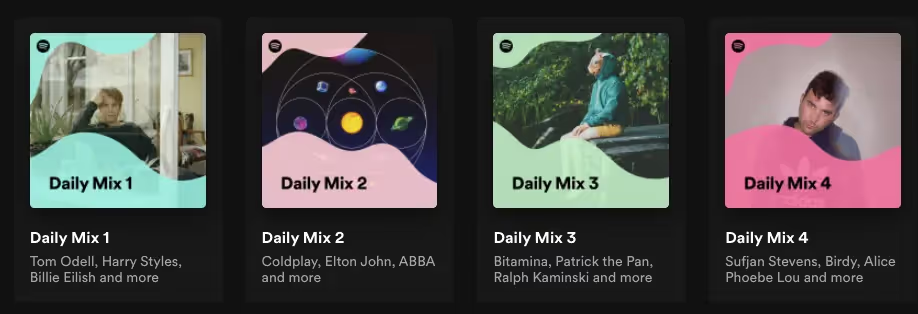
It seems fair enough to label Spotify as the king of personalization. Their super tailored playlists are the main differentiator from its competition, such as Apple Music or Tidal. There is no doubt that its algorithm works far more than great. It helps users to find new music, helps lesser-known artists get noticed, and is a source of endless inspiration.
You can even create your own playlists with Spotify's help and, based on AI, get similar pieces that you might like. As a result, you spend a lot of time crafting your own collections, you are used to accurate recommendations, and you just can't quit paying for their plans.
One other thing that drastically improves user experience, but often stays in the shadows is the way Spotify caches your songs and playlists. This is done so that these songs play without any delays even on slower connections. In rare cases, if you’re a heavy Spotify user you might need to actually start deleting these Spotify files to save up some space.
Create personalized experiences with Survicate
Creating a unique customer experience is crucial to standing out from the crowd. Taking these steps is a good starting point, but you need to find your own way to build a solid, customized bond with your customers. Are you ready? Start gathering necessary information with Survicate and get to know your target audience. Our surveys help you understand what your customers really need – so you can tailor their experience accordingly. Sign up for our 10-day free trial and get access to all of the Best plan features today!








.webp)
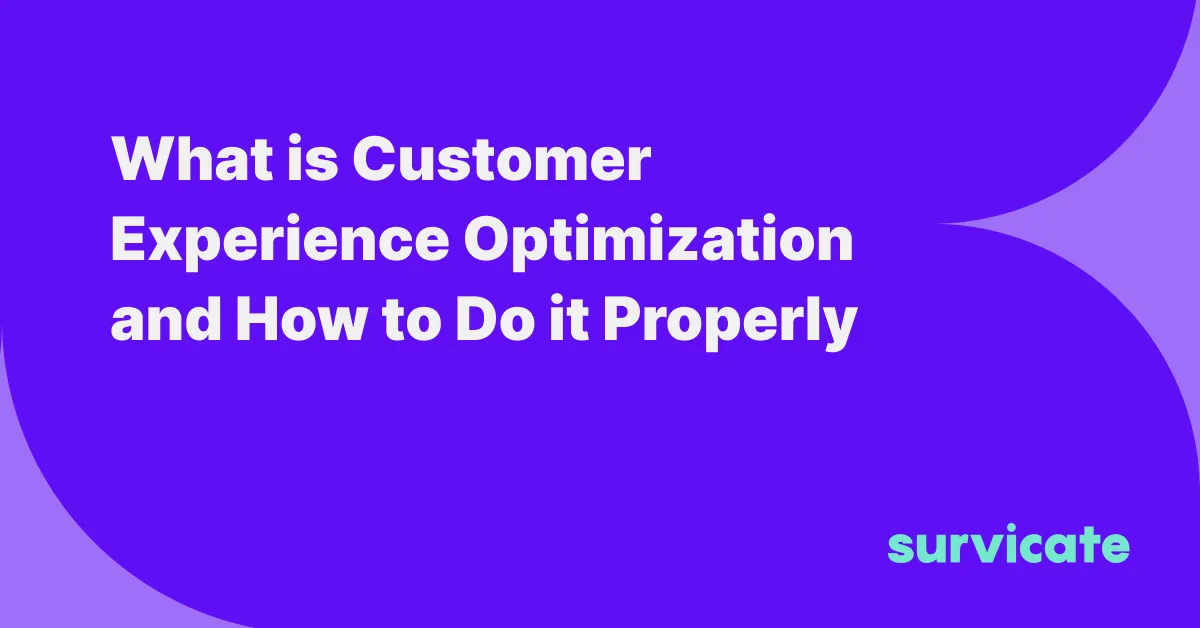

.webp)
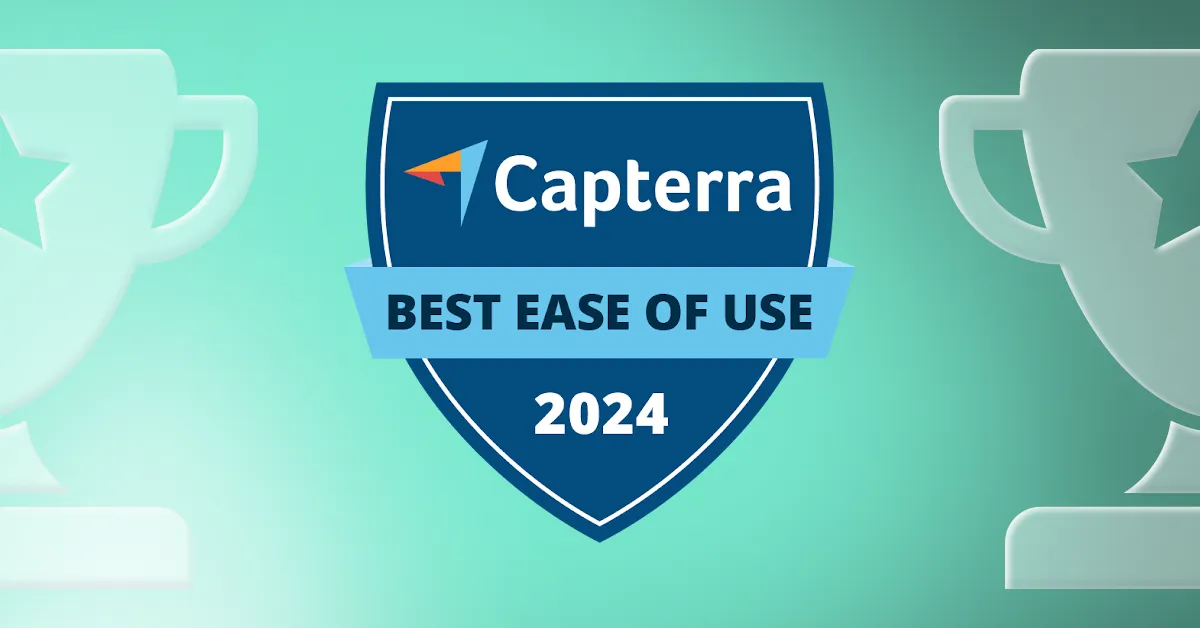
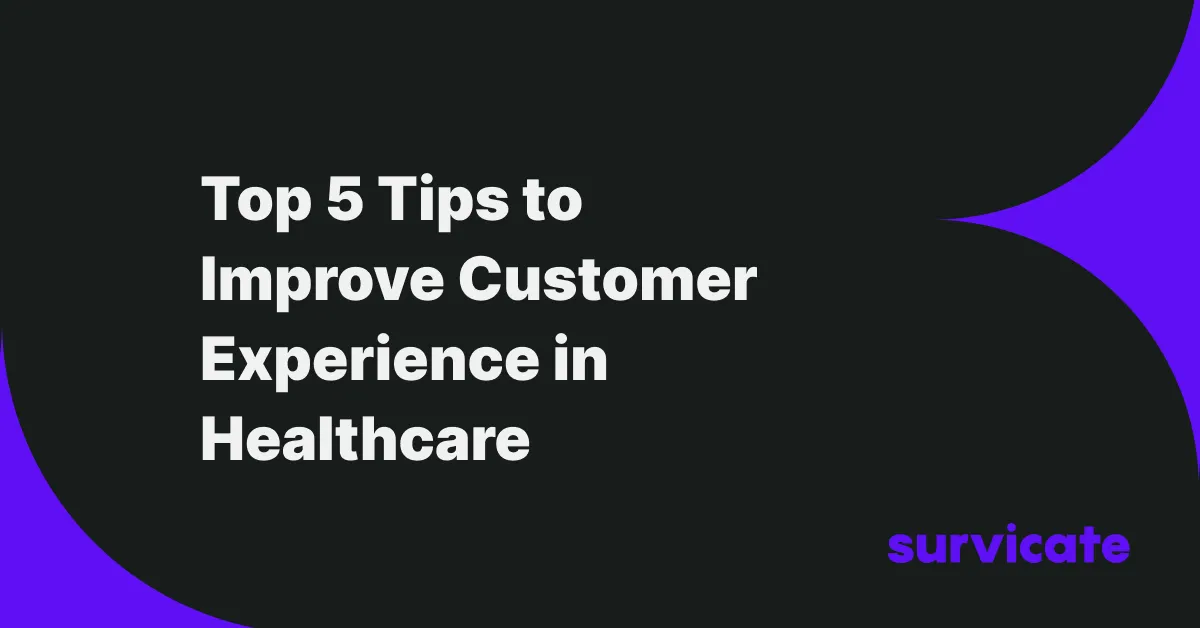
.svg)

.svg)



